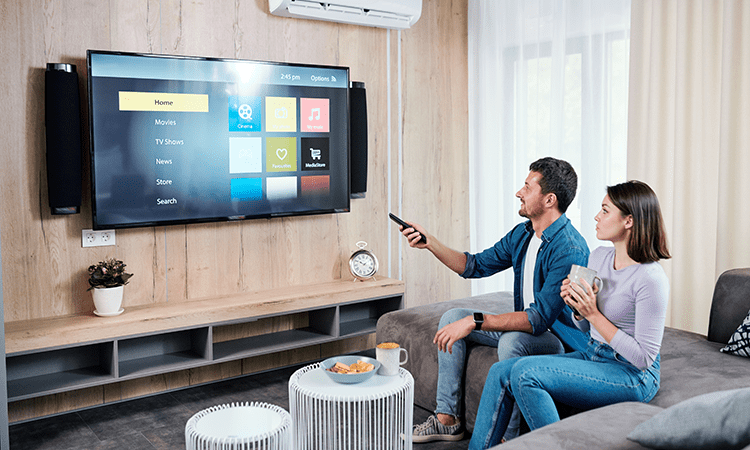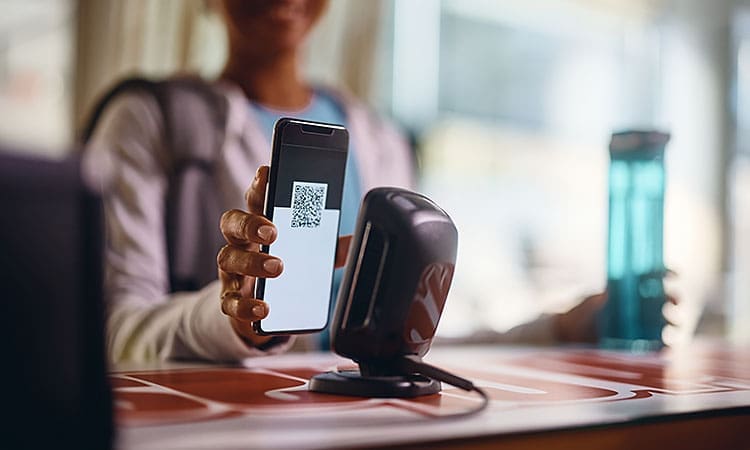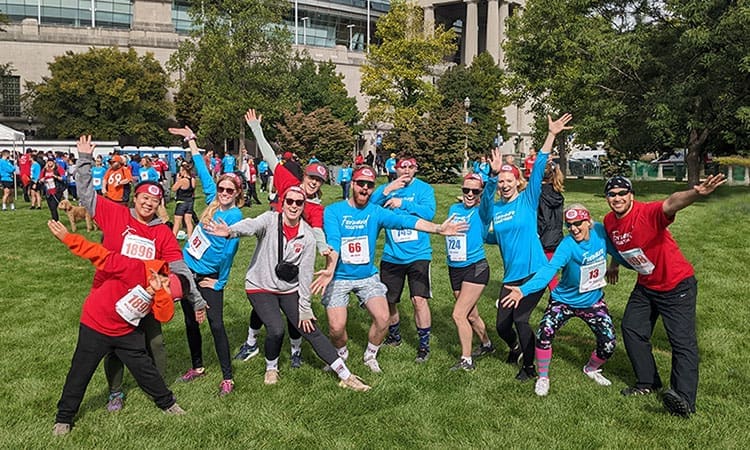Blogs
Core UX/HF principles & strategic application
Get grounded in the research fundamentals that shape great products.
This category brings foundational insights on usability, human factors, and behavioral science, and how they translate into strategic value.
Three things Taylor Swift can teach us about UX (Plus one bonus lesson for engagement)
Taylor Swift isn’t just a music icon. She’s a master of strategy, storytelling, and intentional decision-making. And as it turns out, those same principles apply to great UX design.
Smarter systems for stronger customer support
Designing better tools for agents is one of the most overlooked levers for customer experience transformation.
Embracing design for multi-user households
Why designing product experiences for everyone in the household, not just one user, is the key to long-term trust and adoption.
Prototyping the experience: Use a lo-fi mindset to innovate leading-edge tech
Explore lo-fi prototyping in UX to boost ROI and spark innovation across industries. See real-life examples of how experience prototyping shapes journeys, saves resources, and enhances outcomes.
What the history of human factors tells us about the future of our industry
Look back at the rich history of human factors engineering, from its roots in anthropometry to the advanced field of ergonomics and beyond. These developments have shaped technologies and design, enhancing everyday life by making experiences safer and more intuitive.
Want to increase employee retention? Design your company around your employees
We designed Bold Insight to deliver our employees’ best work. The result: a workplace that reflects the emotions, ideas, and experiences of all our employees.
Why employee experience should get the same attention as user experience
Employees are a key user group at any organization. Applying UX research principles can help HR leaders optimize employee experience, drive engagement, and boost the bottom line.
The UX of mental health: 5 considerations when designing a mental health app
Ease of use, data privacy, and personalisation are just a few of the considerations to keep in mind when developing the user experience of a mental health app.
The secret communication weapon everybody forgets about in 2022
Don’t overlook the telephone in your search for simple, effective methods to promote seamless communication in your dispersed workforce.
Working from home: Tips for designing your workspace from an ergonomics expert
Remember “right angles” to ensure your home workspace is designed for productivity and comfort.
Rethinking experiences: UX and human factors research can help companies develop safe, contactless designs
Explore early opportunities to create and refine a truly functional contactless experience for your customers, addressing new expectations in a changing world.
Now is the ideal time to improve the UX of your mobile app
As the demand for app-based services grows, now may be the time to invest in UX research to identify needed improvements and enhancements.
COVID-19: Using human factors and UX to make a positive impact
We have aggregated some considerations for HCPs, healthcare organizations, and others involved in the medical space.
What we do matters: A Bold mission
We are focused on doing what’s right for our clients, our employees, our company, and our world.
Care to share? UX considerations of the sharing economy for ridesharing, hospitality, and healthcare
The sharing economy, primarily based in digital platforms, is poised for companies to stand out by delivering exceptional user experiences.
Is a product still usable if the user has to “get used to it?”
Does a user’s inability to successfully “walk up and use” a product necessarily point to usability issues?
6 UX trends for 2019
As industries undergo massive change, there’s a tension; new players will disrupt old market structures and the UX is going to play a critical if not defining the role in the success or failure of these transformations.
When designing an experience, are you really thinking about the customer first?
While every organization has constraints to consider when designing experiences for customers or users, designing the ideal customer experience is completely possible within those constraints. Begin by identifying the experience you want your customer to have and work “backward” from there.
Confirmation Fatigue: Enough with the reminders already!
While confirmations and reminders are essential and usually well-intentioned, they are annoying. Organizations must uncover if and how their customers will use reminders and confirmations during user testing. Confirms should add to the user experience, not leave users feeling frustrated and tethered.
The future of fan engagement: How do you measure goosebumps?
One of the CES presentations I attended was a panel in the sports technology track called, The Future of Fan Engagement. The panel discussed cutting-edge research in the sports tech market and perspectives on the relationship between emergent media technologies and...
Just in time for the Super Bowl – A football metaphor for UX research and design
User research and user-centered design are inseparable. We are quarterbacks. We don’t like to run.






































